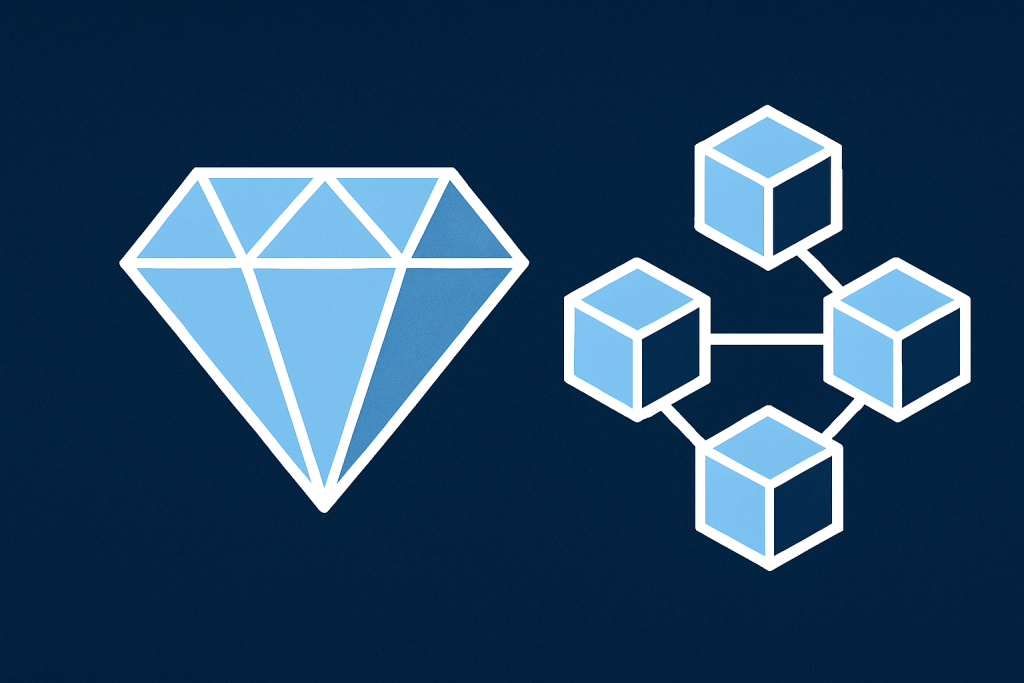
The diamond industry has long sought to improve transparency and accountability in how stones are tracked from mine to market. Historically, this relied on paper certificates and manual verification, which were open to forgery, loss, or human error. In recent years, blockchain technology has been introduced as a potential game-changer, offering an immutable digital record of a diamond’s provenance.
From Certificates to Blockchain
Where traditional certificates only provided a snapshot at one point in time, blockchain creates a permanent digital ledger that records every transaction across the supply chain. By using cryptography and decentralisation, platforms like De Beers’ Tracr system provide real-time verification and an unbroken chain of custody for participating diamonds.
For newly mined stones, this represents an important step forward in consumer confidence. Every registered diamond receives a unique digital identity, effectively becoming a “digital twin” of the physical gem. As the diamond travels through cutting, polishing, wholesale, and retail, each transfer is logged and verifiable.
The Limitation: 95% of Diamonds Already in Public Hands
However, while blockchain provides strong assurances for newly mined diamonds, it is important to recognise its limits. More than 95% of all natural diamonds ever mined are already in private hands in jewellery, collections, and across secondary markets. These stones, already in circulation, were never registered on blockchain platforms and therefore cannot be retrospectively traced using this technology.
This means the vast majority of diamonds in existence today remain outside blockchain systems. While blockchain strengthens transparency for future production, it does not solve the challenges of verifying provenance for the overwhelming supply of diamonds already circulating globally.
Why This Matters for Consumers
For buyers and sellers in the secondary market, blockchain is not yet a universal solution. Laboratory expertise remains essential in verifying authenticity, grading, and ensuring consumer protection. At DCLA, as the official CIBJO laboratory for Australia, we recognise the critical role of independent certification. Accurate grading and unbiased reporting remain the foundation of consumer trust particularly for stones not captured by blockchain.
The Future of Diamond Transparency
De Beers’ blockchain initiative is a milestone that may eventually become standard practice across the industry. It addresses many historical weaknesses in tracking systems and aligns with modern consumer demand for ethical sourcing. But for now, blockchain is only part of the answer. The larger challenge remains: how to ensure transparency and trust for the diamonds already in circulation, which make up the majority of the world’s natural supply.
At DCLA, we believe blockchain should be seen as a complementary tool not a replacement for independent laboratory grading and certification. Only by combining robust science with innovative digital systems can the diamond industry achieve true transparency.